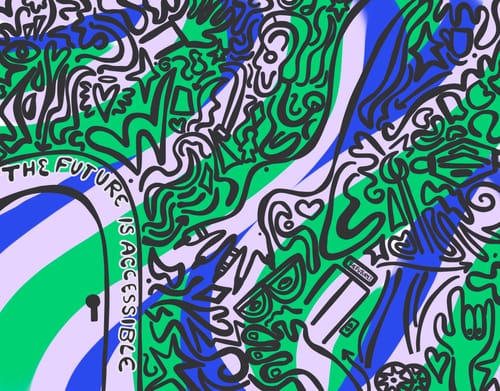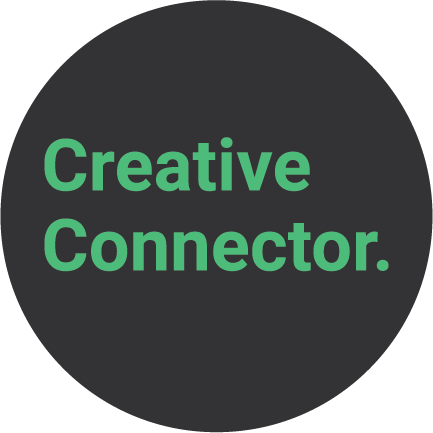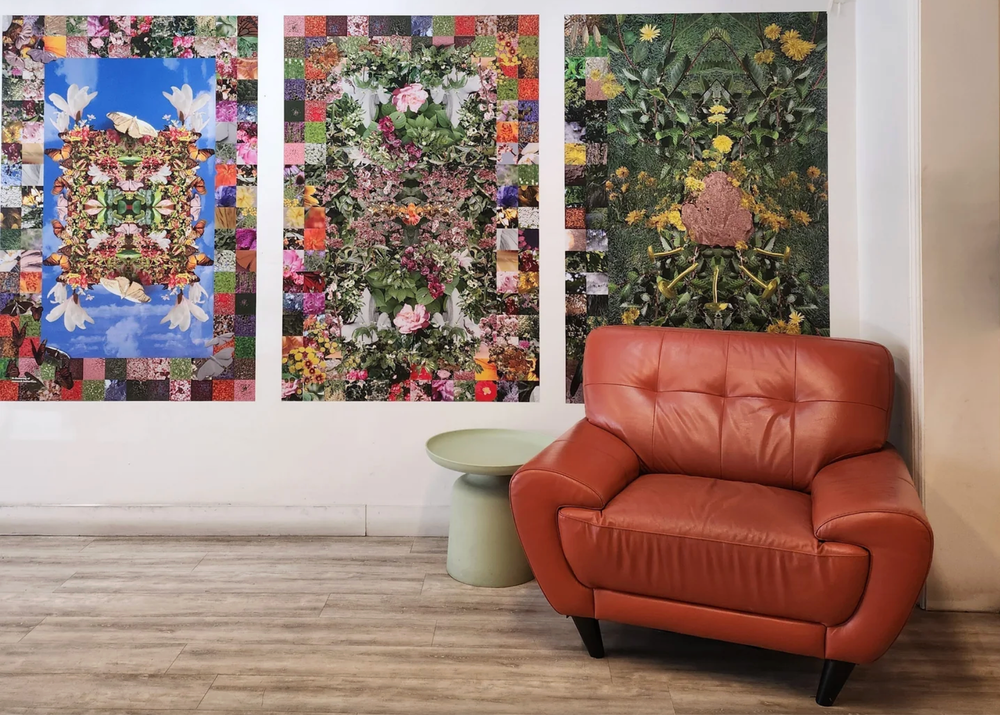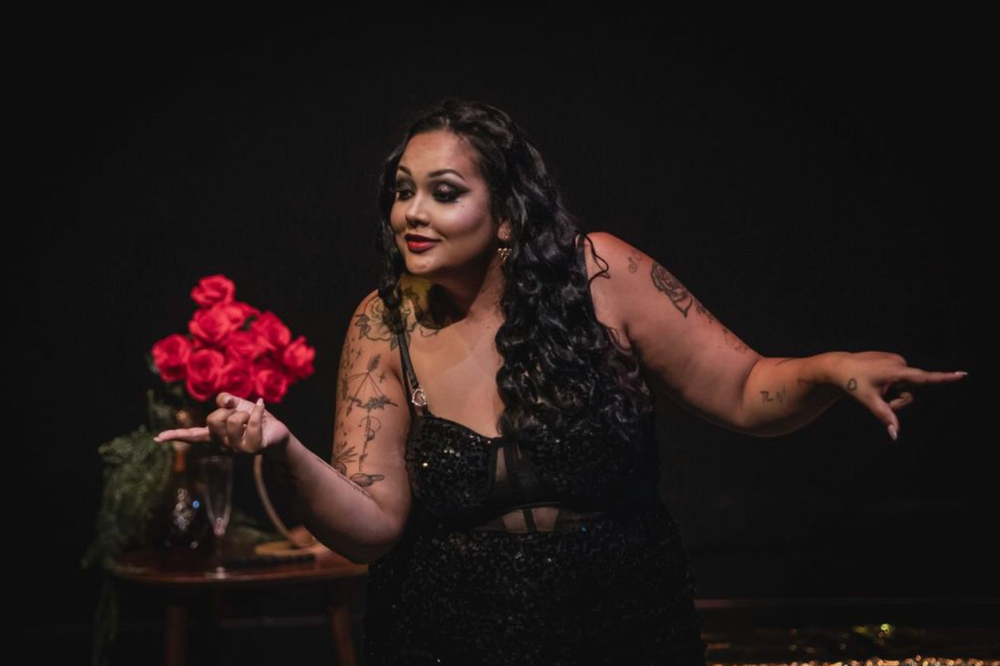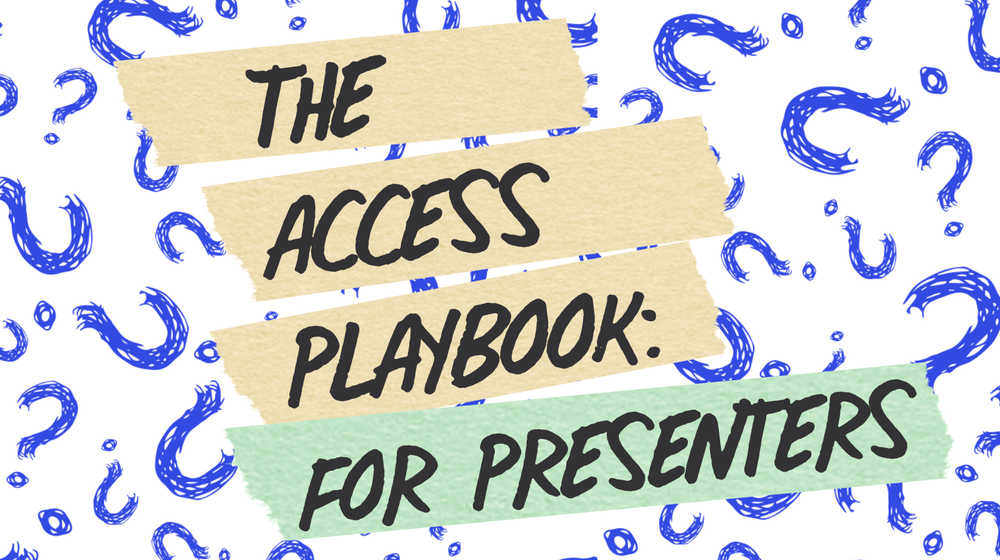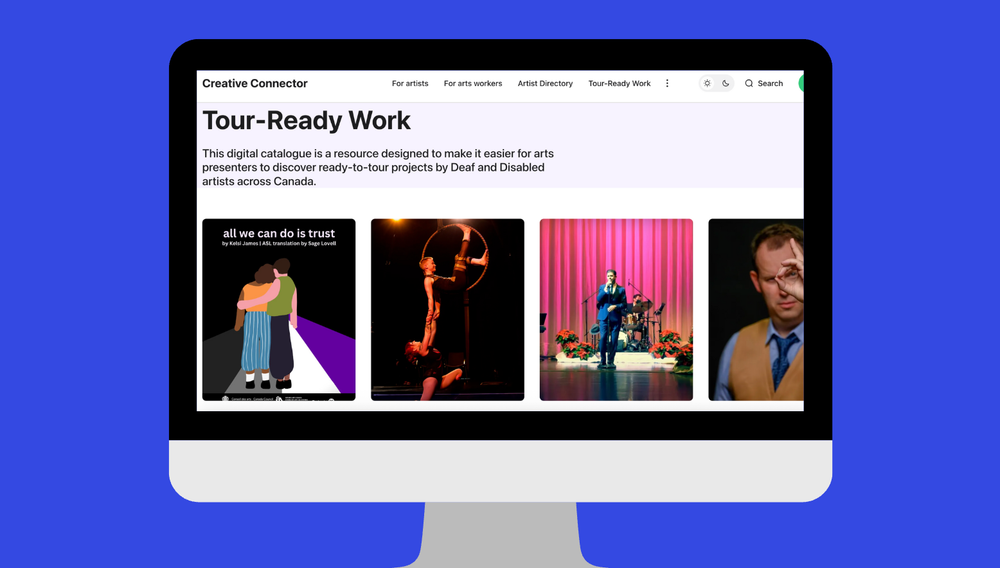We launched Amplifying Deaf and Disabled Artists in the Performing Arts five months ago to uplift, connect, and create change for artists with disabilities across Canada. Thanks to your participation, input, and trust, this project is building momentum!
Here’s a look at what we’ve accomplished so far, what we’re learning, and where we’re heading next.
What We’ve Done So Far
✅ Community Consultation
We held multiple focus groups and conversations with Deaf and Disabled artists, arts presenters and producers, arts organizations, and accessibility consultants. These sessions helped us identify current barriers and gaps in accessible practice — and more importantly, they surfaced practical, community-driven solutions.
✅ Research + Mapping Sector Gaps
We compiled and analyzed past research and community consultations to better understand what works (and what doesn't) in access and artist engagement.
✅ Case Study Collection
We’ve been documenting examples of accessible models, practices and collaborations that center marginalized and underrepresented artists. These stories help show what’s possible.
✅ Micro-grant Development (Coming Soon)
We’re designing a microgrant program for arts presenters who want to improve access and better support artists with disabilities. Based on our research, arts workers and presenters want to do better but often need support, funding, mentorship, or guidance on where to start.
🔍 What We’re Learning
Here are 5 key takeaways from our learning so far:
1. There’s a Big Knowledge Gap—and People Know It
Arts presenters consistently don’t know what they don’t know. There’s a widespread lack of understanding around access protocols, accommodations, and communication. This shows up in:
- Unclear roles (e.g. “do I book the interpreter, or does the artist?”),
- Misconceptions about accessibility (e.g. assuming a one-size-fits-all solution),
- A general paralysis around not taking action due to fear of doing it wrong.
2. Funding and Procurement Structures Are Misaligned and Harmful
Presenters are under huge pressure from funders to meet quotas, produce a high volume of work, and stretch small budgets—leaving little time or resources for meaningful access. The systems often:
- Prioritize “checkbox” inclusion over follow-through,
- Penalize thoughtful work that takes time and forcing presenters to identify costs upfront, limiting the ability to be nimble and responsive to access needs,
- Exclude consultants due to red tape (e.g. insurance/tendering rules).
Presenters suggested allocating more funding to artists for the development of new work and to ensure accessibility is “baked in”.
3. Community, Trust, and Peer Networks Are Powerful Catalysts
A recurring theme was how networks and relationships—particularly with other Deaf and Disabled artists or consultants—fuel access. People value:
- Seeing peers do the work and celebrating success (which demystifies and builds confidence),
- Working with people they trust,
- Building relationships first (especially with interpreters supporting, not replacing, direct connection to artists).
4. Access Requires a Redefinition of Time
“Crip time” and human-centered scheduling came up again and again. Time is needed for:
- Relationship-building and thoughtful planning,
- Scheduling rehearsals and load-ins that allow for rest,
- Making space for learning and iteration.
5. Visibility, Consistency, and Follow-Through Are Critical
Artists reported inconsistent or last-minute accommodations, poor communication, and in some cases, unsafe or dismissive environments. The lack of predictability and consistency in access practices breeds mistrust.
What’s needed:
- Clear communication about what’s being offered and what’s not being offered (e.g. relaxed performance? captions?),
- Early integration of access into planning,
- Venues making access info and expectations public,
- Case studies to model what “doing it right” actually looks like.
📣 What’s Next
- Pilot the Presenter Microgrant Program to support disability-led performance projects.
- Activate Peer Support Networks to build visibility and model what’s possible.
- Develop Practical Learning Tools to help presenters and artists build more knowledge and accessible practices.
- Continue Listening. We’re not done. More 1-on-1 conversations and feedback sessions are on the horizon!
❤️ Thank You
This project exists because of the brilliance and wisdom of Deaf and Disabled artists/arts workers and allied arts presenters who’ve shared their stories, challenges, and dreams with us. Together, we’re reimagining a future where Deaf and Disabled artists are not only included in the performing arts but also represented.
💬 Stay Connected
Want to be part of this work?
Whether you're an artist, presenter, funder, or curious ally — we’d love to hear from you.
👉 Join our mailing list to stay informed
👉 Become a paid subscriber and support our cause!
👉 Contact us if you’d like to collaborate, contribute a story, or get involved
👉 Follow us on Instagram for updates, resources, and artist features
